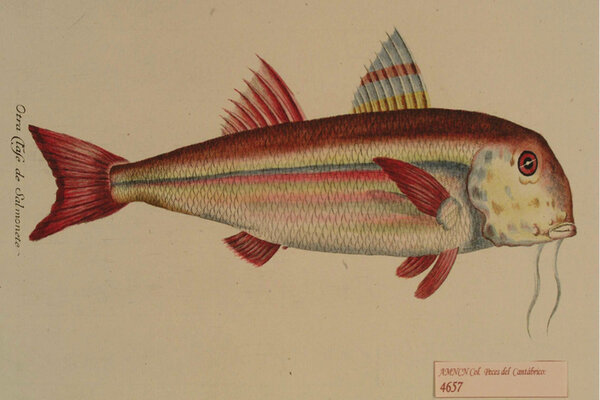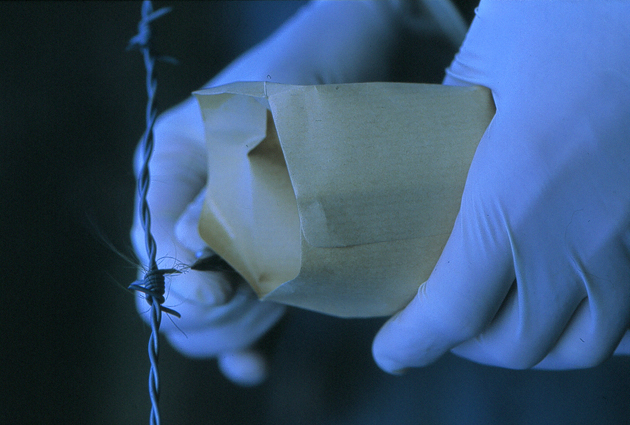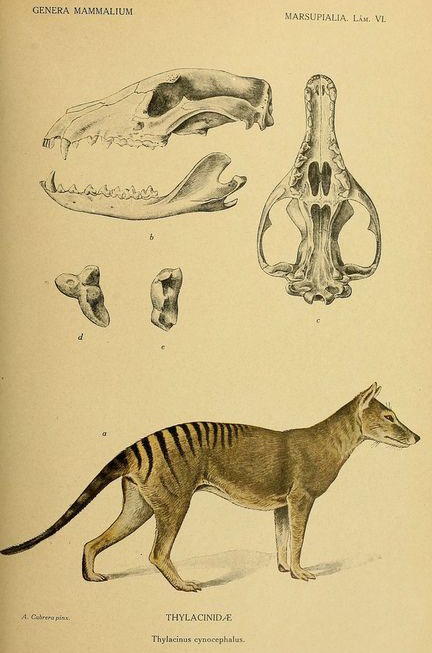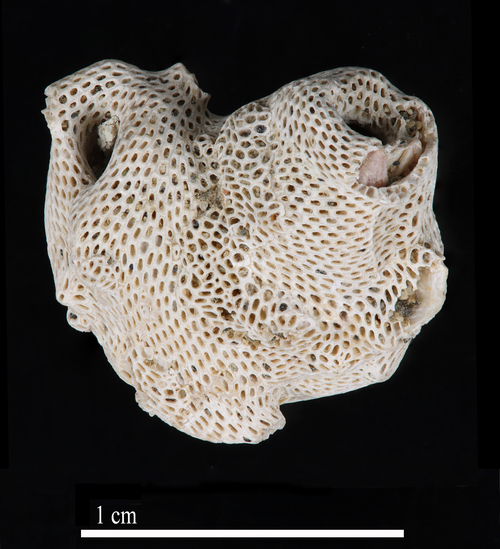Collections
The National Museum of Natural Science (MNCN-CSIC) has more than 11 million samples in it's colecctions of natural history. Its heritage is among the most important in the world in this area of human knowledge. The main fields of study covered are Zoology, Geology and Palaeontology.

This natural heritage that keeps all of the scientific collections has 250 years old. The Museum was founded in 1771, as the Natural History Royal Gabinet. However, part of its samples -especially geologicals- were part of an older institution, the Royal House of Geography and Cabinet of Natural History, founded in 1752 in the Fernando VI reign. This samples mus't be considered the origin of the actual collections.
In addition to its historical collections, the Museum's collections have grown steadily from its foundation to the present day. This is caused because the investigations and the scientific expeditions developed around the world in different eras. Also, this has been possible because the purchase and the donation of other investigators, and the seizures of illegally trafficked species.
The MNCN collections are a reference for the study of the fauna of certain areas of the planet, such as the Mediterranean basin. Also, they have a massive representation of the fauna of other biogeographic areas. This representations are for scientific expeditions made in the XVIII and XIX centuries, and the actual investigation of researchers around the world, including the Antartic.
Inside the collections, the "type" samples stand out for their importance and number, because they are the ones that have made possible to describe new species. The Museum has more than 40.000 "type" samples, and preserves more than 320.000 samples of the animal reign. Both are a primary source of information about the natural heritage and a esential tool for the investigation.

In the lasts years, the investigation about the natural history collections have developed a bigger interest because the climate crisis about the biodiversity around the world. Through the historical series investigation, it can be possible to establish the climate change as a consequence of the human activity. The age of the museum's collections, their wide geographical distribution and their continuity over time make the MNCN collection an essential reference for assessing changes in biodiversity, especially in the Iberian Peninsula.
The actual DNA sequencing and extraction genetics methodology have open a enormous field in the study of natural history collections sample. Now it is possible to extract very old information genetics materials (genomes) like the fossil remains of Neanderthals. This make possible a better contribution in the knowledge of human evolution. This new methodologies have made possible to identify the presence of parasites and pathogens (fungi, viruses) in old specimens in the Museum's collections, which are responsible for current extinctions of fauna such as amphibians.
In addition to this support to the investigation, the MNCN collections have another goal, like all the natural science museum around the world: the scientific divulgation and the education to all the visitors through permanent and temporal exhibitions. Also, there is a constant program of playful and educative activities. Between 2019 and 2021, the MNCN has provided more than 14.007 samples from they collection, and, 404 of them, have been ceded to other exhibitions. 10 of them were ceded for educative purposes.

In the same time period (2019-2021), the MNCN collections have received 168.648 samples from donations. This are now part of the collection in the 2.000 square meters of space, distributed in different departments and facilities of the Museum
Nowadays, there are 22 collections, classified based of the differents activities inside the museum: 16 of them are purely scientific by specialities and subjects of the natural sciences, 4 of them are documentation services for the support of the scientific investigation, and the two left are scientific-artistic collections.
The purely scientific collections are (in alphabetical order in Spanish) are: Arthropods, Birds, Entomology, Zoological Phonology, Geology, Herpetology, Ichthyology, Invertebrates (non-arthropods), Malacology, Mammals, Nematology, Palaeobotany, Vertebrate Palaeontology, Invertebrate Palaeontology, Prehistory, and, lastly, the Tissue, DNA and Biobank collection.
The documentation service for the support of the scientific investigation of the MNCN are four: the library, the archive, the media library, and the Computer Management and Digitalization Unit
(UGID). Also, there are tho infrastructure associated: the Molecular Identification Laboratory, and the Audiovisual Service.
The two scientific-artistic collections in the Museum are: the Antique Scientific Instruments -more of them from the Natural History Royal Gabinet (XVIII century)-, and the Fine Arts, formed by artistic pieces of ornamentation, such as paintings, furniture, or bezoar stones mounted in silver.
This collections are managed by 25 technician and curators, that haves the support of 12 temporary technician and 14 investigators that came from the scientific scale of the CSIC. All of them are coordinated by one Deputy Direction of Collections and Documentation.
In addition to the conservation and expansion of its collections, the Museum's collections also carry out a range of research work: documentation of historical collections, conservation and management techniques, taxonomic and evolutionary studies, etc. Its current goal is the digitisation of its collections, which are 60% digitised, enabling its collections to be even more actively integrated into European networks of natural history collections. This will provide researchers around the world with the opportunity to obtain large-scale data on areas of great diversity in order to properly plan networks of protected areas or to model past and future changes in biodiversity.
The MNCN collections are currently carrying out two ambitious digitisation projects: one is entirely devoted to its Entomology collection (with special attention to the digitisation of the type specimens and Iberian Lepidoptera it holds, and the development and application of 3D imaging for insects) and the other project (Consolidation and leadership actions of the Spanish node in DiSSCo) is dedicated to providing digital records to the new pan-European research infrastructure DiSSCo (Distributed System of Scientific Collections) which allows access to one and a half billion biological and geological specimens from the collections of 23 European countries.
The MNCN has just completed its participation in the international project Bryozoa Identification Tool (BIT) for Quaternary and Recent Mediterranean and North Atlantic Bryozoans within the framework programme for research and innovation of the European Union Horizon Europe. It is a tool to assist climate change researchers in the identification of bryozoans. The Horizon programme includes DiSCCo and, within this, SYNTHESYS + Virtual Access which funds the digitisation of collections according to community demand and provided that the data are made available in open access, to facilitate virtual access to the collections.

Sample MNCNI 20000. Photo: José Mª Carzarra.
Bryozoans are colonial animals that are widely distributed in marine benthic environments and play an important role on temperate and cold-water oceanic shelves. They are morphologically and mineralogically diverse, and are important carbonate producers with an extensive fossil record, making them good indicators in environmental and palaeoenvironmental research. They are useful for addressing evolutionary questions, especially those related to the effects of climate change on benthic animal assemblages. Existing data suggest that bryozoans may become a valuable tool for investigating current climate change. This project focuses on the Mediterranean and North Atlantic as vulnerable areas to climate change and provides an opportunity to strengthen the bryozoan proxy tool in climate research and will also be a basic resource for bryozoan identification through museum collections.
Text from Ignacio Doadrio Villarejo and Ana García Herranz





